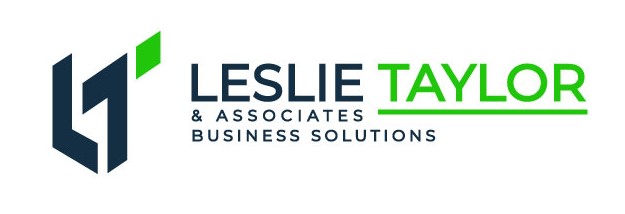To run any business well, its leaders need information. Leaders need awareness not only of what is going on outside the business but inside as well. To help with this, I recommend small businesses have certain tools in their tool kits. While I won’t go into detail about these tools in this blog (you may go HERE to read more on that topic) I will name them; the Balance Sheet, Income Statement, Statement of Cash Flows. Together they provide the most complete financial picture of your business’s profitability and health. Any less and you put yourself in the dark when it comes to understanding your business, and as a result, you will find yourself making decisions in the dark as well.
Let’s assume you have these 3 financial (you are already ahead of most) statements or have access to them because you have an awesome financial professional you are working with and they are providing them for you every single month so that you not only stay up to date but so that you have the information you need to run your business like the successful mogul-in-the-making that you are.
Perhaps you don’t know what to do with these numbers
Maybe you aren’t sure what questions to ask your financial professional regarding your statements
That is the topic of this blog.
Now that you have these documents I want to share an easy exercise you can do (or ask your financial professional to do) to assess the health and profitability of your business. While I am timing this to coincide with the end of the year, I recommend you do this every month.
Why Should You Do This?
Knowing how to look at your numbers in this way can help you do such things as:
- Evaluate the performance of your team (Are you seeing the return in dollars on that new hire?)
- Help you identify arising issues while they are still small and easily manageable
- Manage your cash flow (If you aren’t watching, who is?)
Watch the Trends
Bookkeeping or accounting in and of itself will not make you money. However, watching the trends, or the direction of the numbers, can save you big time by helping you better understand your business so you can make the kinds of decisions that stop money leaks or increase income. Here are a few key areas to watch on two of the financial statements.
Balance Sheet – Important rows to watch
- Cash in the bank
- Total Assets
- Accounts Receivables – Money owed to your business for services or goods
- Accounts Payable – Money the business owes others for services or goods
- Liabilities – Debt
Income Statement (Profit & Loss Statement) – Important rows to watch
- Sales
- Costs of Goods Sold (COGS)– The direct costs that come from providing your goods and services
- Expenses – Costs other than COGS above that you owe (insurance, rent, marketing expenses, etc.)
- Net Income
Once these rows of information are found, ask yourself the following questions:
- Are the numbers moving in a consistently positive direction, holding steady, or moving in a negative direction?
- Whatever the case, why are they moving in that direction?
- What changed during a particular period? What action(s) needs to be taken as a result of what you are observing?
These are all questions for both you and your financial professional to discuss every month, but the end of this year is a great time to start if you haven’t been doing this already.
Need help deciphering your numbers? I’m here for you. As a business solutions expert, I have helped dozens of businesses untangle complex issues and clarify a path to greater profitability and less confusion. Let’s schedule a Discovery Session to start the conversation.
If you enjoyed this content and want more of the same, check out my free guide Do This, Not That: 5 Things Keeping Your Business From Reaching Its Fullest Potential where I discuss common barriers to profitability that I observe among most small businesses.

